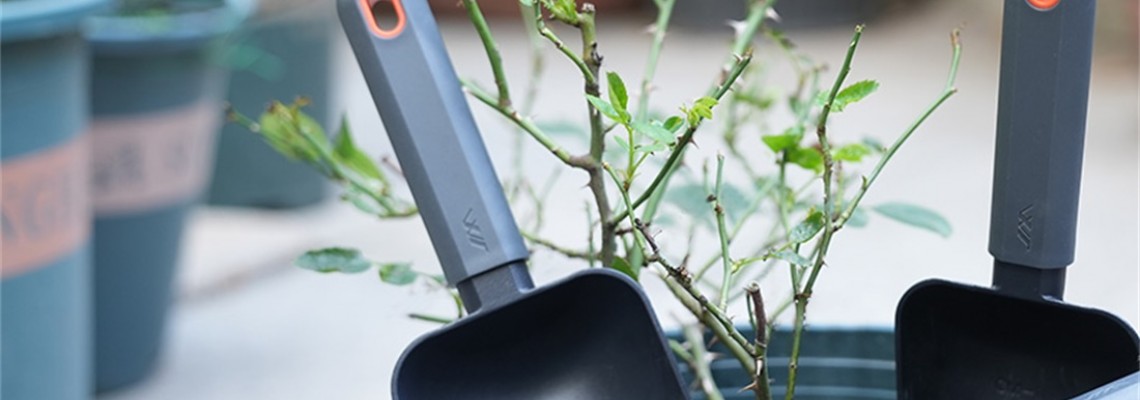
Have you ever sown seeds with hope, only to see the seedlings grow weak and spindly? Have you carefully transplanted a beloved plant, only to be rewarded with drooping leaves? Often, the issue isn't your care, but what lies beneath the soil—the planting depth.

In the world of gardening, "close enough" often leads to results that are "not enough." Today, we're highlighting a crucial detail many gardeners overlook and introducing a helper that can guide you toward precision planting: the JM-W100 Series Gardening Basic Tools Set.
Why Does Depth Matter? The Overlooked Code of Plant Growth
Planting depth is far more than just placing a plant in the soil. It directly impacts root development, respiration, and nutrient uptake.
Sown Too Deep: The seed exhausts its stored energy before it can break through to the light, perishing in the darkness.
Sown Too Shallow: The seed fails to absorb moisture effectively, roots can't anchor properly, and seedlings are prone to falling over.
Transplanted Too Deep: The plant's crown (where the stem meets the roots) becomes buried, leading to suffocation, root rot, and vulnerability to fungal disease.
Transplanted Too Shallow: Roots are exposed, unable to absorb water and nutrients fully, and the plant struggles to establish itself.
Conclusion: Precise depth control is key to giving plants a strong advantage right from the start.
Beyond Guesswork: Your First Tool for “Scientific Gardening”
Traditionally, we've relied on experience and guesswork to estimate depth, with highly variable results. The graduated trowel in the JM-W100 series is designed to end this uncertainty.
It acts like a “vernier caliper” for gardening, transforming planting from an art into a measurable science.
How does this graduated trowel make you a better gardener?
Precision Sowing: Check your seed packet, which usually recommends a sowing depth (e.g., 1–2 cm). Using the graduated trowel, you can easily dig a planting furrow with uniform and precise depth, ensuring every seed has the best possible environment for germination.
Perfect Transplanting: When repotting seedlings or planting them in the ground, you can dig a hole of the perfect depth based on the root ball's height. This replicates the plant's original growing conditions, minimizes transplant shock, and significantly boosts survival rates.
A Bulb Planter's Best Friend: Bulbs like lilies and tulips have strict depth requirements (often 2–3 times the bulb's height). The graduated trowel allows you to follow this rule exactly, ensuring a spectacular bloom season after season.
More Than Just Measurements: A Toolkit Designed for a “Precision Workflow”
Scientific gardening isn't just about depth; it's about the correct tool for every step. The other tools in the JM-W100 set work in harmony with the graduated trowel to create a complete precision workflow:
Preparation: Use the hand rake to easily loosen and level the soil, creating an ideal, well-aerated seedbed.
Precise Digging: Use the graduated trowel or transplanting trowel to dig holes with controlled depth.
Efficient Filling: Use the shovel to backfill soil efficiently and complete the planting process.
Professionalism in the Details
This toolset supports scientific gardening not only in function but also through its materials and design, ensuring precision and comfort:
Lightweight Aluminum Alloy: Prevents fatigue during long gardening sessions, keeping your hand steady for delicate tasks.
Non-Slip PP Handle: Provides a secure grip even when wet, ensuring every cut into the soil is accurate.
Wear-Resistant Sand-Finish Coating: Built to last, this is your reliable partner for long-term gardening experiments.
From “Getting It in the Ground” to “Getting It Right”
The joy of gardening lies in witnessing life thrive, and that joy should be built on a foundation of success. The JM-W100 Series Gardening Basic Tools Set, and particularly its unique graduated trowel, is your key step from being an amateur who relies on guesswork to a gardening enthusiast who works with knowledge and confidence.
It offers you not just control over soil depth, but a brand-new and confident gardening experience. Now, let’s start your next planting project the scientific way.


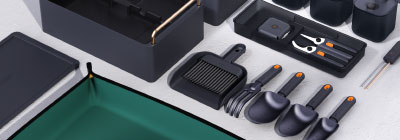
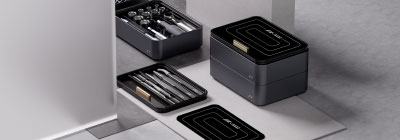

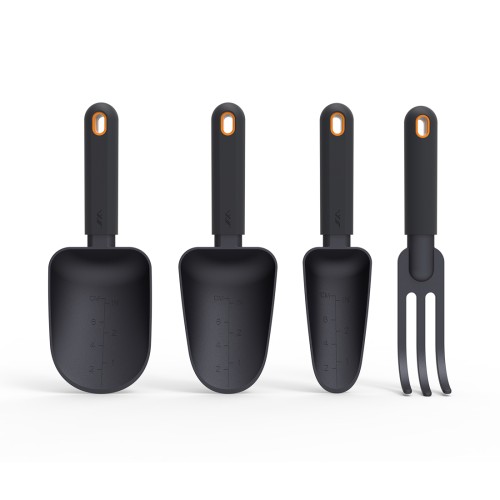
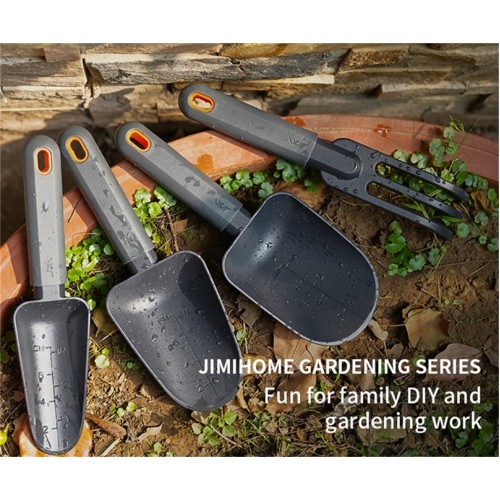
Leave a Comment